“1917” is a bleak but brilliant masterpiece
January 21, 2020
So far in the 2019-2020 awards season, “1917” has emerged as a much more serious factor than some prognosticators had previously foreseen. So far, it has won the Golden Globe for Best Picture in the award body’s drama category, as well as the main feature film prize of the Producer’s Guild Awards. These successes serve to position the film as a frontrunner for the Best Picture Oscar. Some critics may suggest that “1917” has done little to earn as much prestige as it has, and their points are perfectly justifiable in all likelihood, but the film is nonetheless able to earn its accolades for a reason, and, fortunately, the film does a lot more right than it does wrong. It is not a surprise by any means, but director Sam Mendes’ meticulously crafted passion project “1917” hits enough cinematic highs to vindicate its moniker as the best war film in years.
“1917” is a World War I film in which two young British soldiers are tasked with crossing German territory. Their goal is to send a message telling a certain group of the British army to withhold their attack. And if these two soldiers fail, 1,600 men will be led into an enemy trap. This is a particularly simplistic story for a war film, but the way the film goes about telling this story is anything but simple.
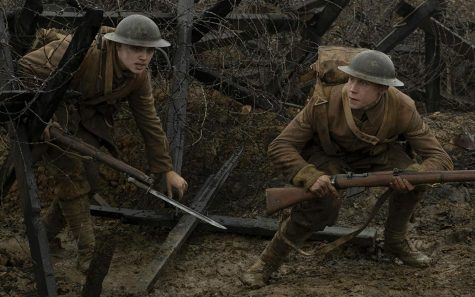
Mendes, a versatile director whose previous films include “American Beauty,” “Jarhead,” “Road to Perdition” and “Skyfall,” took on this project as a tribute to his grandfather, Albert H. Mendes, who served during World War I as both a soldier and a messenger. Mendes chose the difficult production path of presenting the film’s sequences seamlessly without any obvious cuts. Any cuts in the film are hidden in clever ways, while long stretches of the film are shot without any cuts. This style of filmmaking requires meticulous planning, and the cast and crew must work long, arduous hours to shoot long uncut shots that perfectly resemble the director’s vision.
All of technical aspects in “1917” come together to create a stunning modern image of World War I. The cinematography by Roger Deakins is understated and serendipitous, commonly occurring in memorable, non-obvious ideas for shots and sequences that most filmmakers would not think of themselves. The production design takes a less is more approach, but even then, the sets all do their part to make World War I come to life. The score by Thomas Newman soars in its crescendos, perhaps reaching earning the status of the best traditional film score of the year. George MacKay and Dean-Charles Chapman, the two actors playing the roles of the soldiers, both give star-making turns through the use of earnest intensity.
If any aspect of the film can be pinpointed as a flaw, it is the transitions between shots. The cuts are hidden in clever ways, but that does not mean the viewer is not jarred for a brief moment. When a soldier sneaks across no man’s land and the camera obscures their figure behind a large rock, that might be a clever way to hide a cut, but it nonetheless makes for a particularly dry moment in the running time of the film. Furthermore, experienced viewers of film are bound to notice moments in the film when the camera operator is adjusting the focus of the camera during an uncut shot. An experienced viewer is used to the technical attributes of a particular shot remaining the same from the beginning to the end, so when basic elements of a shot such as the focal point are changed in the middle of a shot, that will always be jarring.
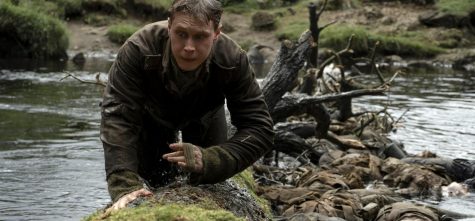
Branching off of this, the film is also engrained and informed by real history through and through; it is highly likely that the way the two soldiers prepare to defend each other during long treks across desolate battlefields is accurate to the way real soldiers would have operated.
“1917” is a stunning technical showcase, harboring the best that modern cinematography and set design have to offer. The arduous means of production, for the most part, serve to transport the viewer to one of the darkest moments in recorded human history. “1917” is an unforgettable cinematic experience that will fascinate historians and film enthusiasts for many years to come. It is respectful, and it is monumental. It is bleak, and it is brilliant.
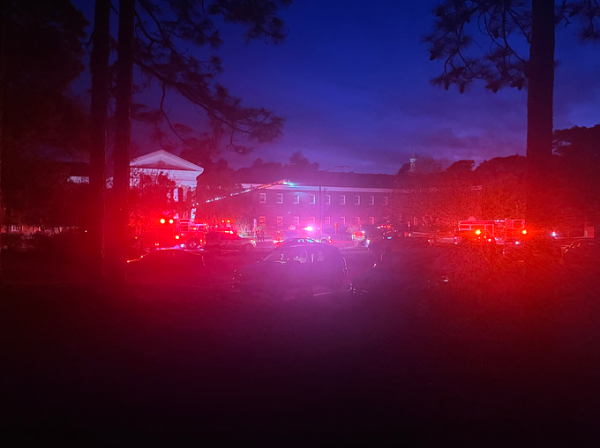





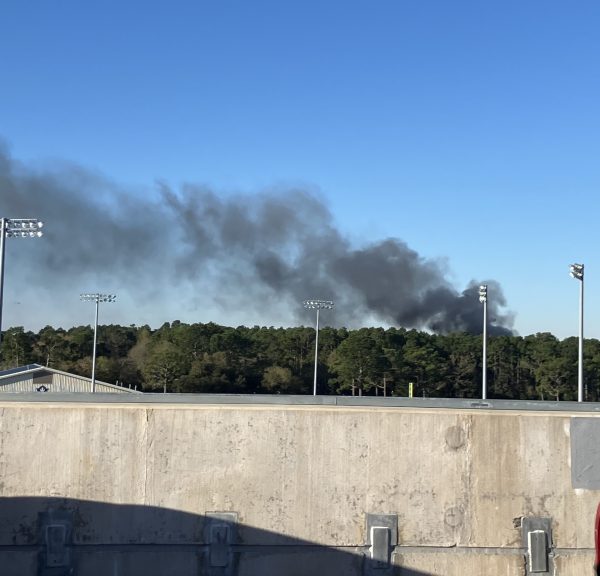


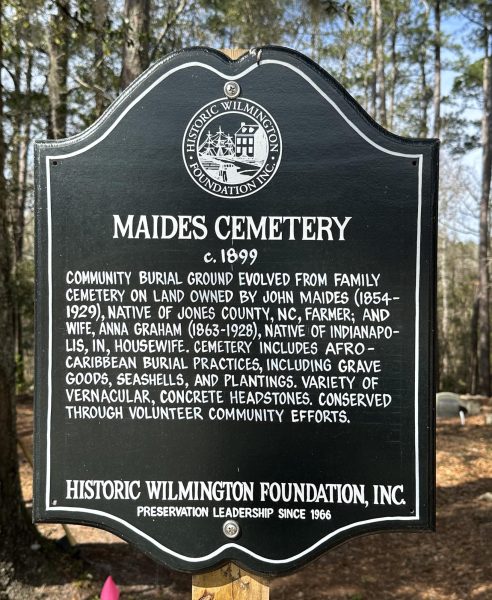


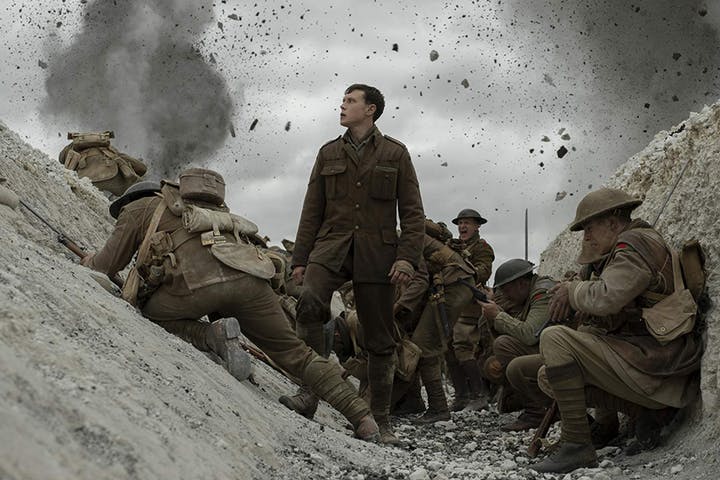

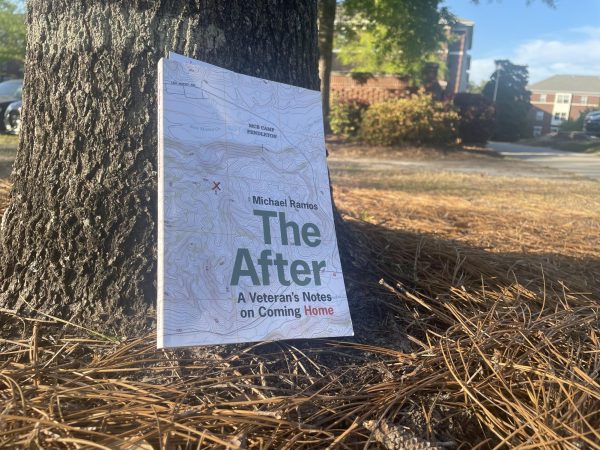








Jeremiah Agware • Dec 6, 2021 at 11:12 am
I do spend most of my free time watching movies and TV series. It’s almost like I don’t have a life after work and movies I agree with you on this and keep up the good work.